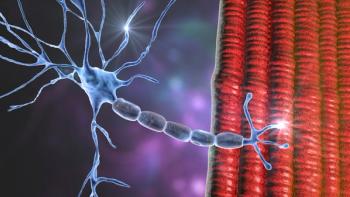
|Slideshows|May 13, 2019
7 Ways to Treat Tardive Dyskinesia
Author(s)Chris Aiken, MD
Once thought untreatable, we now have two FDA-approved medications for TD and a handful of off-label options. More in this research update.
Advertisement
Newsletter
Receive trusted psychiatric news, expert analysis, and clinical insights — subscribe today to support your practice and your patients.
Advertisement
Latest CME
Advertisement
Advertisement
Trending on Psychiatric Times
1
Phase 2 Proof-Of-Concept Study Evaluating BHV-7000 for Major Depressive Disorder Fails to Meet Primary Endpoint
2
This Year In Major Depressive Disorder
3
The Psychiatric Pipeline in Review: Quarter 4, 2025
4
New Year Symbols and Their Psychological Meaning
5

















